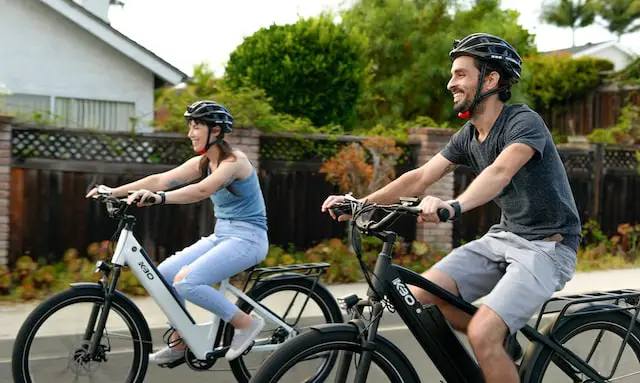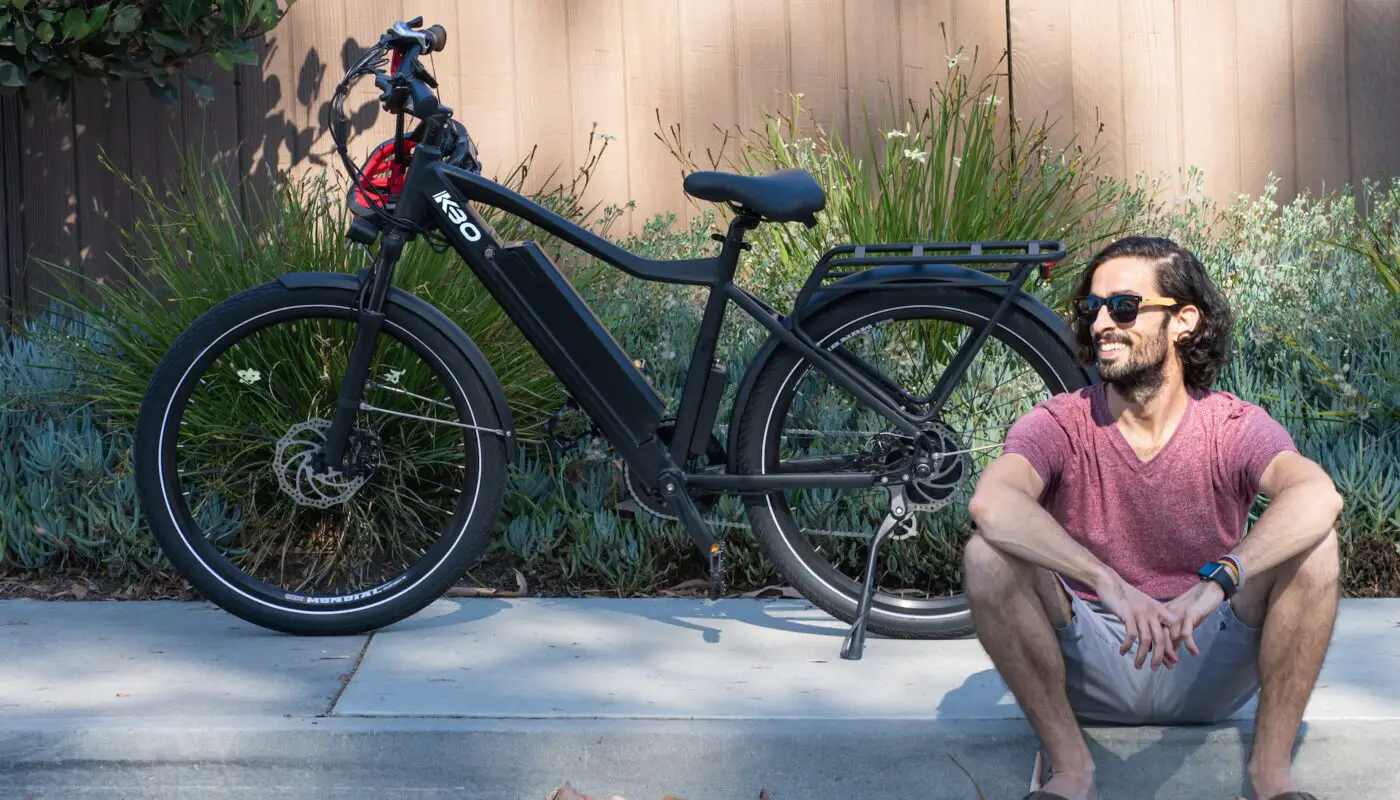Recently, battery powered bicycles, called electric or e-bikes, have become increasingly popular. They offer an alternative mode of transportation that is both eco-friendly and convenient. E-bikes have a motor that is powered by a battery. This motor helps the rider pedal and gives them extra power when needed. In this short article, we’ll take a closer look at the speed of e-bikes, their value, charging capabilities, disadvantages, and which ones are worth buying.
What We will Cover
Who Invented Battery Powered Bicycles?
The concept of battery-powered bicycles, also known as electric bikes or e-bikes, dates back to the late 19th century. In 1895, Ogden Bolton Jr., an inventor from Ohio, USA, filed a patent for an electric bicycle design. Bolton’s design featured a rear-wheel motor and a battery mounted on the frame, which could be recharged using a generator. However, it wasn’t until the 1990s that e-bikes began to gain popularity as technological advances made them more practical, efficient, and affordable. Today, e-bikes are increasingly popular as a convenient and eco-friendly mode of transportation, and numerous models and designs are available on the market.
How Fast Do Battery Powered Bicycles Go?

The speed of an e-bike varies depending on the type and model. The maximum speed of an e-bike is usually around 20 mph, but some models can reach speeds up to 28 mph. It’s important to note that the maximum speed depends on the motor’s wattage as well as the rider’s weight and pedaling power. It’s also essential to follow local laws regarding e-bike speed limits.
Are Battery Bikes Worth It?
E-bikes can be expensive, with prices ranging from a few hundred dollars to several thousand dollars. However, they can also save money in the long run by reducing transportation costs and maintenance expenses. E-bikes also offer health benefits, such as increased physical activity and reduced stress. Additionally, they’re eco-friendly, producing fewer emissions than traditional vehicles. Individual needs and preferences will ultimately determine whether an e-bike is worthwhile.
Do Electric Bikes Charge When You Pedal?
Some e-bikes come equipped with a pedal-assist system that charges the battery as the rider pedals. The system works by converting the kinetic energy generated by pedaling into electrical energy, which charges the battery. However, not all e-bikes have this feature, so it’s essential to check the specifications before purchasing.
What Are The Disadvantages Of Electric Bikes?
One of the main disadvantages of e-bikes is their high upfront cost. Also, the battery and motor make the bike heavier, which makes it harder to ride and move around. E-bikes also require regular maintenance to ensure the battery and motor function correctly. E-bikes are still fairly new, which can be a problem because it can be hard to find places to fix them or get replacement parts.
Which Electric Bike Is Worth Buying?
Many e-bike models are on the market, so knowing which one to choose can be challenging. When buying an e-bike, consider the battery life, motor power, frame design, and price. Some popular e-bike brands include Pedego, KBO, Rad Power Bikes, and Trek. Before buying a bike, it’s important to try out a few different models to make sure it fits your needs and preferences.
Can You Use An Electric Bike Without Pedaling?
Yes, electric bikes can be used without pedaling. Most electric bikes come with a throttle, which allows the rider to control the speed using a hand-operated lever or button. When the throttle is turned on, the motor will give the bike power and move it forward without the rider having to pedal. However, it’s important to note that some jurisdictions have regulations that limit the use of electric bikes that don’t require pedaling. Also, using the throttle without pedaling can drain the battery faster than if you were pedaling.
How Long Do Electric Bikes Last?
The lifespan of an electric bike can vary depending on several factors, such as usage, battery type, and quality of the components. Generally, a well-maintained electric bike can last for several years or even decades. The battery is a critical component of an e-bike, and its lifespan can affect its overall longevity. Lithium-ion batteries, the most commonly used batteries in e-bikes, typically last for around 500 to 1,000 charge cycles.
That means a battery can last for approximately 2 to 4 years, depending on how frequently it is used and charged. It’s important to follow the manufacturer’s battery care and maintenance recommendations to maximize its lifespan. In addition, the overall lifespan of an electric bike can be extended by regularly maintaining and repairing it and storing it properly.
Final Thoughts on Battery Powered Bicycles
Battery-powered bicycles are a promising alternative way to get around that is easy, good for the environment, and good for your health. They come with various features and designs, making it important to understand individual preferences and needs when purchasing. While e-bikes can be expensive, they may save money on transportation and maintenance costs while offering unique advantages.



